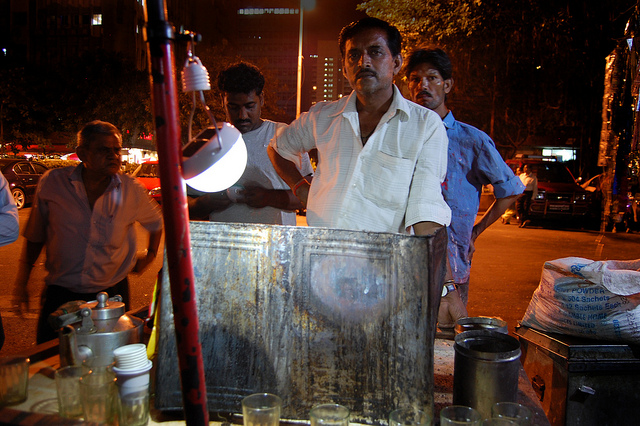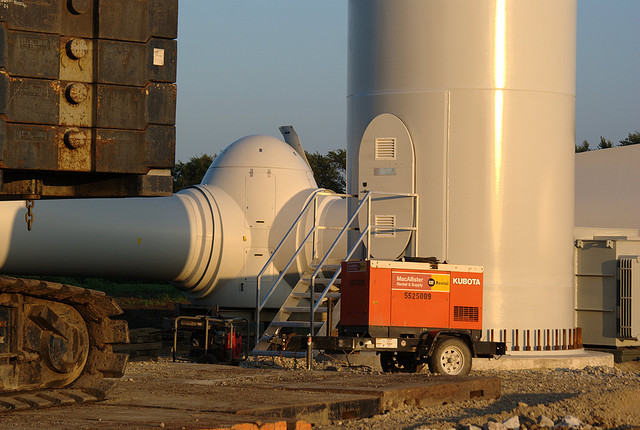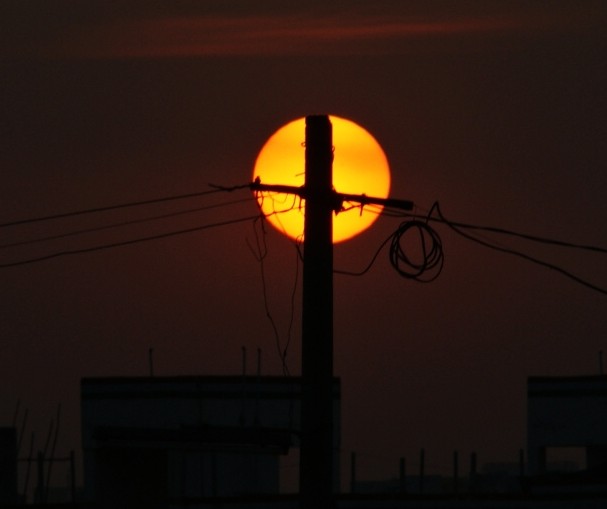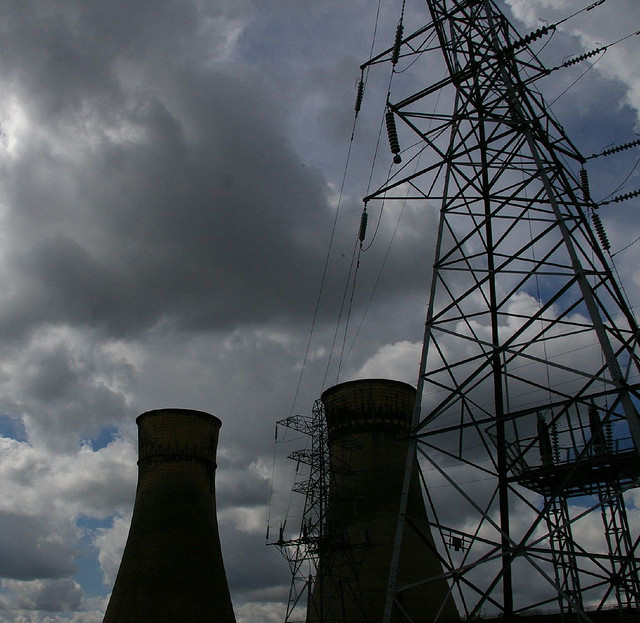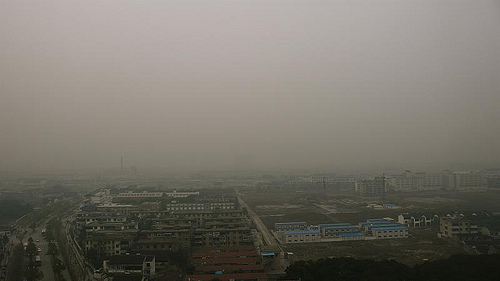Podcast: Play in new window | Download
Subscribe: RSS
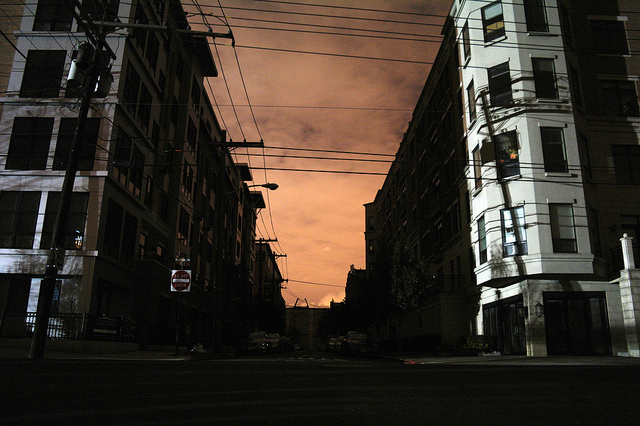
The lights went out in Hoboken in 2012. Thank goodness we don’t live in one of those backward countries where it happens all the time. (Photo by Alec Perkins/Flickr)
[Irony alert; avoid reading if allergic.]
It is amusing to see — from the vantage point of the world’s number one economy, soon-to-be-number-one oil-and-gas producer, number one military power and just all around exceptional nation — the rest of the world struggling to keep the lights on. The poor beggars don’t seem to have the capacity to understand what it takes to run large enterprises and be Number One. Examples abound: Continue reading

